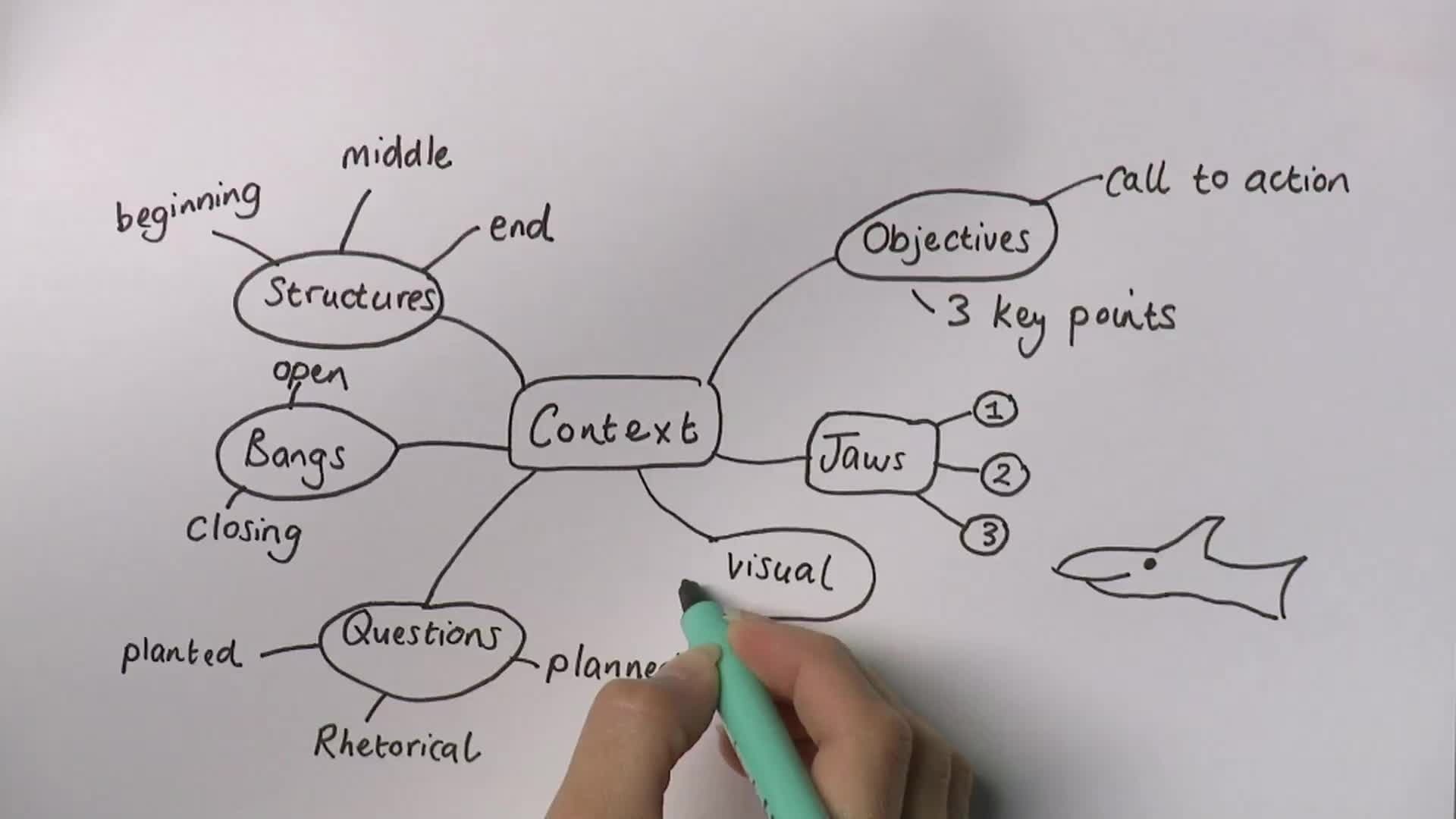
Remember: Time spent preparing your script is never wasted.
Script-writing for video – particularly short videos is not like preparing a presentation for a live audience. The usual rule of introduction, middle and conclusion can result in what feels like a drawn out speech which may lose the viewer – you need to come to the point much more quickly, or your viewer will simply switch off (literally!).
So what should you consider befor writing a script for a video?
Purpose
Before writing your script, make sure you have a very clear idea about what you want the video to achieve. The audience will only be able to absorb a limited amount of information, so focus on one, or two key messages. Make sure that everyone involved in making the video is agreed on the following:
- Who is the video aimed at?
- What (specifically) do you want them to know after watching the video?
- What do you want them to do as a result of watching the video?
Structure
Many videos can be scripted in the following order: Problem, Analysis, Solution, Benefit, Action.
As a guide, you can allow 150 words per minutes and for the vast majority of videos, it is a good idea to keep your script to around 300 words – or two minutes. Short scripts are always better than long scripts: try to be disciplined about this – it is easy to let a script become too long and lose people’s attention and it is much easier to start with this in mind, than to reduce the length in the edit.
It is worth remembering also that the beginning is the only time you can guarantee that everyone is watching, so try to open by telling your audience how they will benefit from watching the video – “By watching this video, you will find out about…”
Language
You have probably decided to use video rather than text as a way of engaging with people in a more personal way, so the script needs to allow you to present it comfortably. Keep the language as natural and conversational as you can. Keep the sentences short and don’t overly formalise your language, or be tempted to fill it with buzz words and jargon. Long paragraphs will not only be more difficult to present, but will also draw attention to the fact that you are reading a script, which will be off-putting to the viewer. Use words like ‘you, we, us’ to make your audience feel like you are speaking directly to them and avoid repetition.
Finally – always read your script out loud after you have written it. Ideally, record yourself reading the script, then play the audio back and make adjustments where needed. This will help you to feel more comfortable with the script and also save time in the studio.
A note on ad-libbing
Deviating from a prepared script on the day is absolutely fine, but the filming process will be much easier if you have a full script to guide you ready in advance, rather than planning to ad-lib. The message needs to be concise and brief and whilst you may be used to speaking ‘off the cuff’ in many other environments, very few people are able to do this successfully in front of a camera lens and achieve the clarity they hoped for.
Highlights, slides and infographics
Whilst writing your script, it helps to think a little about whether you want to highlight or emphasise any points with text, graphs or images during post-production.
For more tips visit our Gallery.
